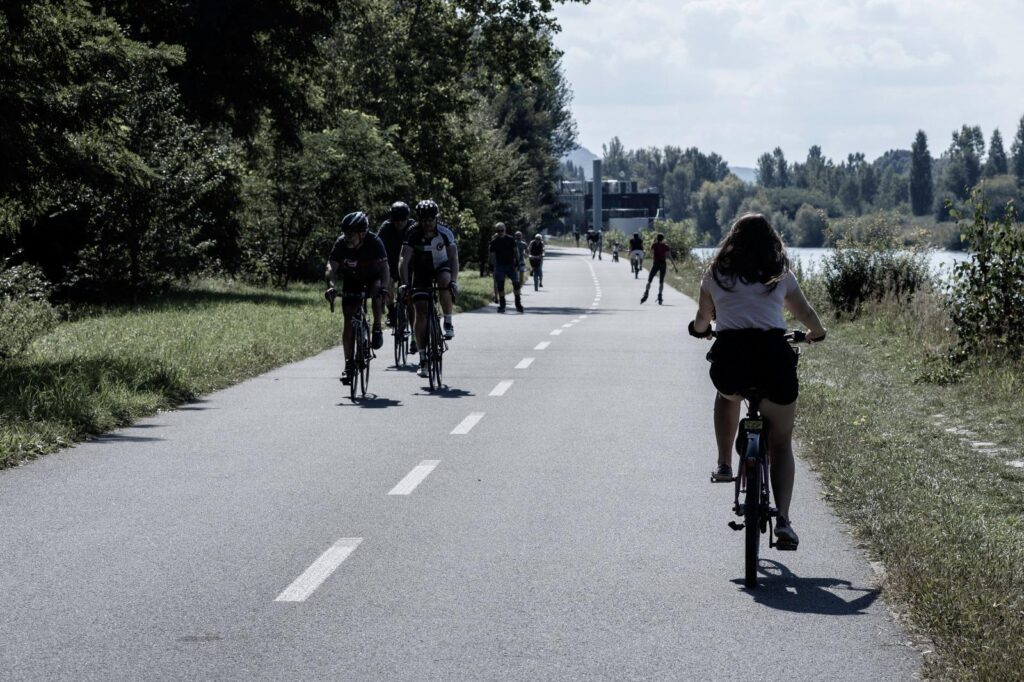Unlock Berlin's Bike Boom: Discover How This Metropolis Leads with Futuristic Bike-Friendly Infrastructure
In an era where cities race to adopt eco-friendly transport, Berlin leads the way. The city champions a bike-friendly infrastructure that sets it apart. As populations grow and climate issues intensify, cycling has outgrown its trend status. It now serves as a sustainable and practical mode of transport.
Join us to explore how Berlin became a cycling beacon for the world.

1. A Panorama of Progress: Berlin’s Evolution into a Cyclist’s Paradise
Berlin offers more than grand architecture and rich history. It’s also gaining fame for its cyclist-friendly streets. But how did this transformation begin?
Historical Context: Berlin began investing in cycling infrastructure in the 1990s. City planners expanded bike lanes to promote greener transport options.
Impressive Stats: As of 2025, over 1 million Berliners commute by bike. That’s a 50% increase in just 10 years.
Strategic Planning: The Bicycle Strategy Plan allocates millions to improve urban areas for cyclists. This shows a long-term vision for eco-mobility.
2. Navigating the Cycling Network: Why Berlin Stands Out
Berlin’s cycling routes reflect careful design. The network offers both convenience and safety.
Integrated Pathways: Cyclists enjoy 12000 kilometers of dedicated lanes. These paths connect homes, offices, and city centers.
Safety First: The city maintains smooth, well-lit bike paths. Clear signage and upgrades have reduced accidents by 33% in recent years.
3. Frequently Asked Questions
Q: Are bike rentals easy to find in Berlin?
A: Yes. You'll find rental stations across the city. Many are near tourist spots and busy neighborhoods. Services like BikeBerlin manage them efficiently.
Q: How does Berlin support e-bike users?
A: The city includes e-bike chargers and rental hubs. These encourage more commuters to choose electric options.
4. Cycling as a Green Movement
Berlin’s bike initiatives go hand in hand with climate goals.
Environmental Impact: By cutting emissions, cycling helps Berlin fight climate change. In fact, CO₂ output has dropped by [X] tons.
Community Engagement: Events like Berlin Cycle Day bring people together. They promote eco-awareness and unite locals around green values.
5. Looking Ahead: What’s Next for Berlin’s Cyclists?
Berlin keeps innovating. Future projects include smart bike lanes, AI safety tech, and smart signals just for cyclists.
The goal? A modern, bike-friendly city that balances growth with sustainability.
Conclusion: Pedaling Toward a Greener Berlin
Berlin’s success in cycling shows the power of vision and community. It's more than infrastructure—it’s a lifestyle.
Whether you live here or visit, Berlin’s cycling spirit welcomes you. Take part in this movement. Embrace the Berlin way—ride toward a better future.















